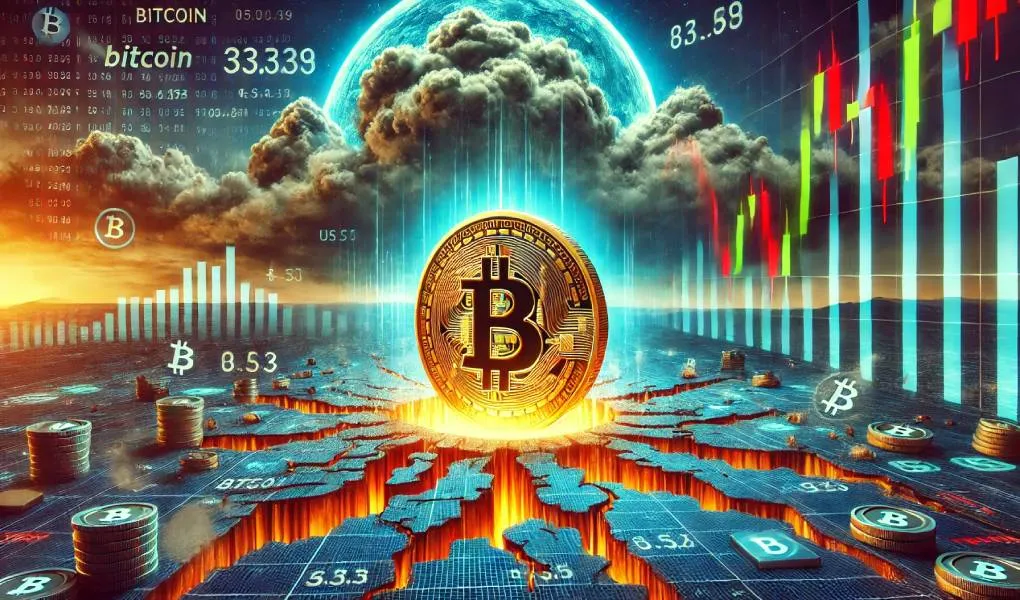Following Bitcoin's largest loss since August, a market expert predicts more pain.
After last week's 8% decline, Bitwise's Europe head of research, who has been correctly optimistic on bitcoin BTCUSD for months, has become cautious and warned of further losses in the weeks ahead.
According to data sources TradingView and CoinDesk Indices, Bitcoin, the most valuable cryptocurrency by market value, dropped 8.8% to about $95,000 last week, the largest percentage decline since August. The losses occurred as the Federal Reserve emphasised that it is not allowed to hold Bitcoin and is not seeking a change in the law to do so, while also hinting at fewer rate reduction for the upcoming year.
According to Andre Dragosch, director and head of research Europe at Bitwise, "the big macro picture is that the Fed is stuck between a rock and a hard place as financial conditions have continued to tighten despite three consecutive rate cuts since September; real-time measures of consumer price inflation have re-accelerated over the past months to new highs." The so-called hawkish rate projections also shook sentiment in traditional markets, causing the S&P 500 to drop 2% and the dollar index to rise by 0.8%, reaching its highest level since October 2022.
In late July, when mood was barely bullish, Dragosch was one of the few analysts who accurately forecasted a huge surge in the price of bitcoin. Around that time, Bitcoin hit lows of about $50,000 and just went above $100,000 for the first time ever.
"So, it’s quite likely that we will see more pain in the coming weeks, but this could be an interesting buying opportunity given the ongoing tailwinds provided by the BTC supply deficit," said Dragosch.
Riskier assets like equities and cryptocurrencies tend to see an exodus as Treasury rates firm, indicating greater borrowing costs and the superior appeal of fixed-income investments. Additionally, a rising dollar raises the cost of USD-based assets, deterring capital inflows.
Inflation based on the model of the 1970s?
You have probably heard arguments that pricing pressures in the U.S. economy are experiencing an inflationary rollercoaster similar to that of the 1970s if you have been following financial markets for a time. The second wave was stronger than the first at the time.
According to Dragosch, the Fed is now taking a more cautious approach to rate decreases as a result of its worries about a possible second wave sparked by the recent sticky CPI inflation data.
"They are probably scared of the double hump scenario and a revival of the 70s twin peak in inflation which is why they are probably too reluctant to cut rates more aggressively," Dragosch stated. "If they aggressively lower rates, they run the risk of a major acceleration in inflation, The economy might suffer if they don't do anything.
Dragosch noted that the Fed would eventually be forced to act due to the financial tightness brought on by rising yields and the dollar index, highlighting the limited supply of Bitcoin as a key long-term bullish element.
By including relevant keywords and linking to related articles, the rewritten content aims to provide comprehensive information while enhancing search engine optimization for CryptoTelegraphs.
Join Telegram Channel For Daily New update: https://t.me/cryptotelegraphs_updates







0 Comments